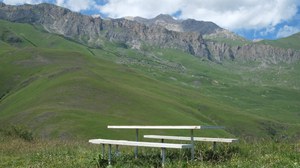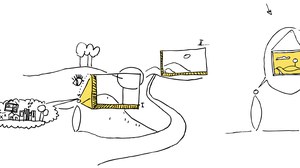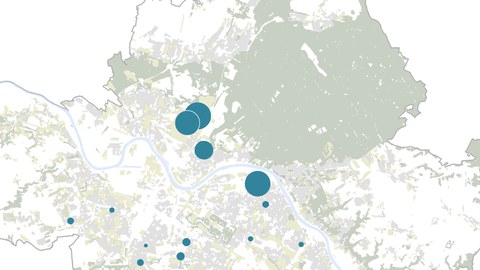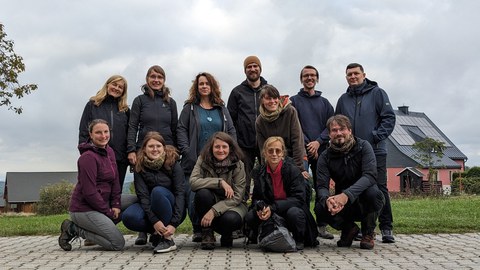The professorship introduces itself
The professorship is concerned with the development and design of landscapes in unsettled and settled areas. Particularly valuable landscapes are in the focus as well as everyday landscapes, urban as well as rural cultural landscapes. The scales of observation show a wide range from the regional and supra-regional to the communal and object-related planning level. Landscape is always understood in its entirety: as an area perceived as such by humans, whose character is the result of the interaction of natural as well as anthropogenic factors (Article 1 of the European Landscape Convention). In this respect, it is important to explore both the natural and the social conditional structures of landscapes... to learn how to read landscapes... to make well-founded decisions about what should be preserved and what should be changed... and to think up and implement creative ideas and projects for future landscape development!
 © Romy Hanke
© Romy Hanke
What exactly is landscape planning?
Landscape planning sees itself as an instrument of spatial environmental precaution which critically and constructively deals with the current social development. In the narrower sense, as specialist planning of nature conservation and landscape management, it comprises landscape programs, landscape framework plans, landscape plans and green space plans. In the broader sense at the same time diverse other instruments such as environmental assessments, FFH impact assessments, intervention regulation or special species protection. At the same time, informal concepts and management approaches of landscape development complement the spectrum of available instruments. However different the instruments may be in individual cases, the task always remains to protect and actively develop nature and landscape in their diverse biotic and abiotic functions and as the basis of human life and the cornerstone of human identity.
For more information on landscape planning, see the Study menu item.



